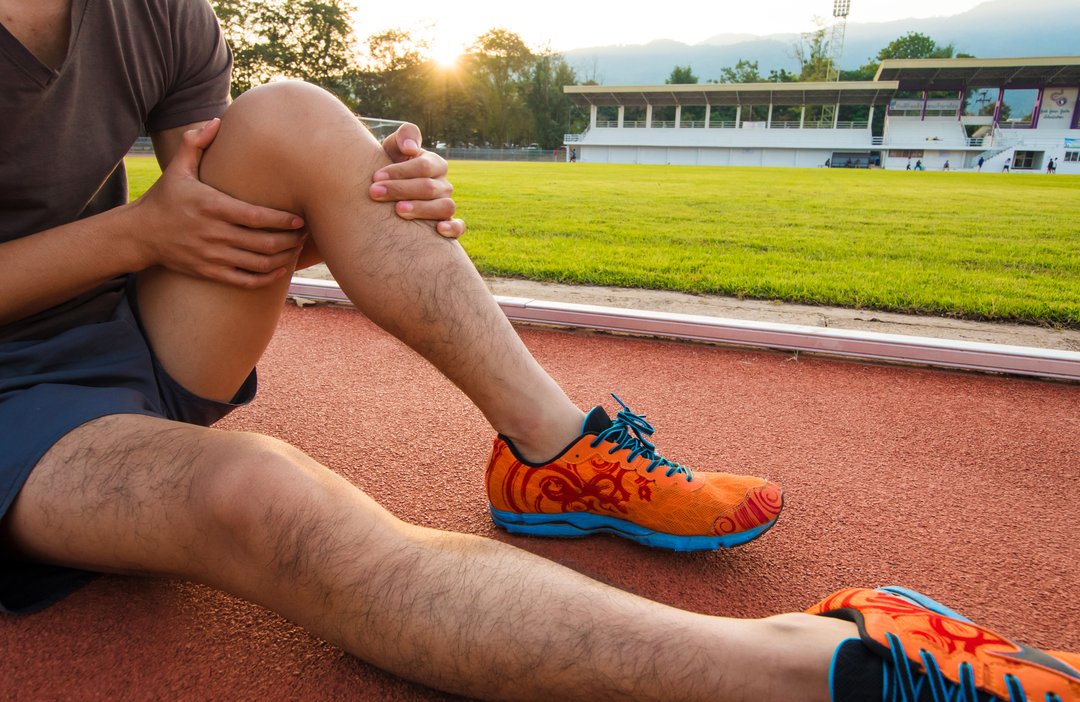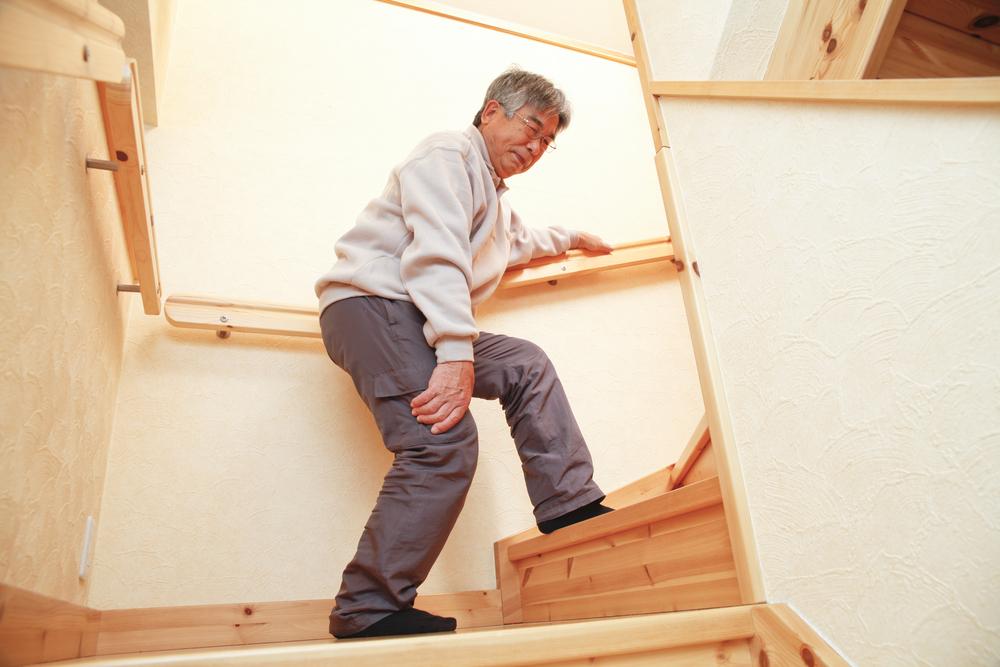Why Are Younger People Suffering From Osteoarthritis?
Cynovial

If you are in your 20s or 30s, you might think osteoarthritis is a problem that you only need to start worrying about in the future. However, an increasing number of young people have been reported to be suffering from osteoarthritis.
What Is Osteoarthritis?
Osteoarthritis is the most common form of arthritis. It is known as a degenerative disease in which the wear and tear of the cartilage of one’s joints cause it to break down. Eventually, the bone that lies beneath the cartilage will become affected as well. It commonly affects the hands, hips, and knees.
What Are the Symptoms of Osteoarthritis in Younger People?
In many younger patients, osteoarthritis is seen affecting many load-bearing joints such as the knees, ankles, and hips. Symptoms tend to vary depending on the specific joint that is affected. However, young people can look for signs of osteoarthritis like locking and grinding or catching, particularly in the knees.
Additionally, younger people should keep an eye out for persistent and worsening joint pain that does not subside even with the use of anti-inflammatory drugs.
Medical professionals also warn that hip dysplasia can be a contributing cause of osteoarthritis in young people. Since hip dysplasia is a condition that some are born with, it causes wear and tear seen earlier in life.
If you experience any of these symptoms and they do not improve over time, it is advised that you seek medical advice.
What Can Be Done to Prevent Osteoarthritis in Young People?
Osteoarthritis is hereditary, meaning that if your parents and grandparents suffer from it, there is a higher chance that you may have it as well.
However, young people who are worried about osteoarthritis should note that there are factors within their control. For example, maintaining a healthy weight significantly lowers your chances of osteoarthritis. This is due to the fact that an increased weight being placed on the joints can speed up the process of wear and tear of the cartilage and bones.
Additionally, studies indicate that osteoarthritis is also seen more in athletic folk. While you should aim to achieve and maintain a healthy weight, being overly active and athletic can also strain your joints. This can be accredited to the fact that an athlete is more likely to use and put more frequent pressure on their joints.
Patients may want to consider altering the way they exercise to alleviate the pain caused by osteoarthritis and prevent its occurrence. Try to find alternative exercises that do not rely on the affected joints. Additionally, consider wearing a guard during and after your workouts to provide the joints with extra support. You should consult with your doctor about the best types of exercises to maintain your activity levels while keeping osteoarthritis at bay.
Younger people worried about osteoarthritis may also consider joint supplements to keep their hips, knees, and ankles strong. This is especially important if they lead athletic lifestyles, which put a frequent strain on their joints.
What Are the Treatment Options Available For Osteoarthritis in Young People?
Unfortunately, there is no cure for osteoarthritis. However, there are treatment options available to help patients control and manage the pain. Many doctors advise that patients first attempt physical therapy, weight loss, and anti-inflammatory medications.
If these do not work, your doctor may prescribe steroid injections as a form of treatment. However, your doctor will also warn you of the build-up caused by cortisone injections over time. As a younger individual, you may want to be wary about how often you take these injections.
Lastly, if osteoarthritis has reached an advanced stage, your doctor may suggest a joint replacement.

.png?w=1200&h=633)

